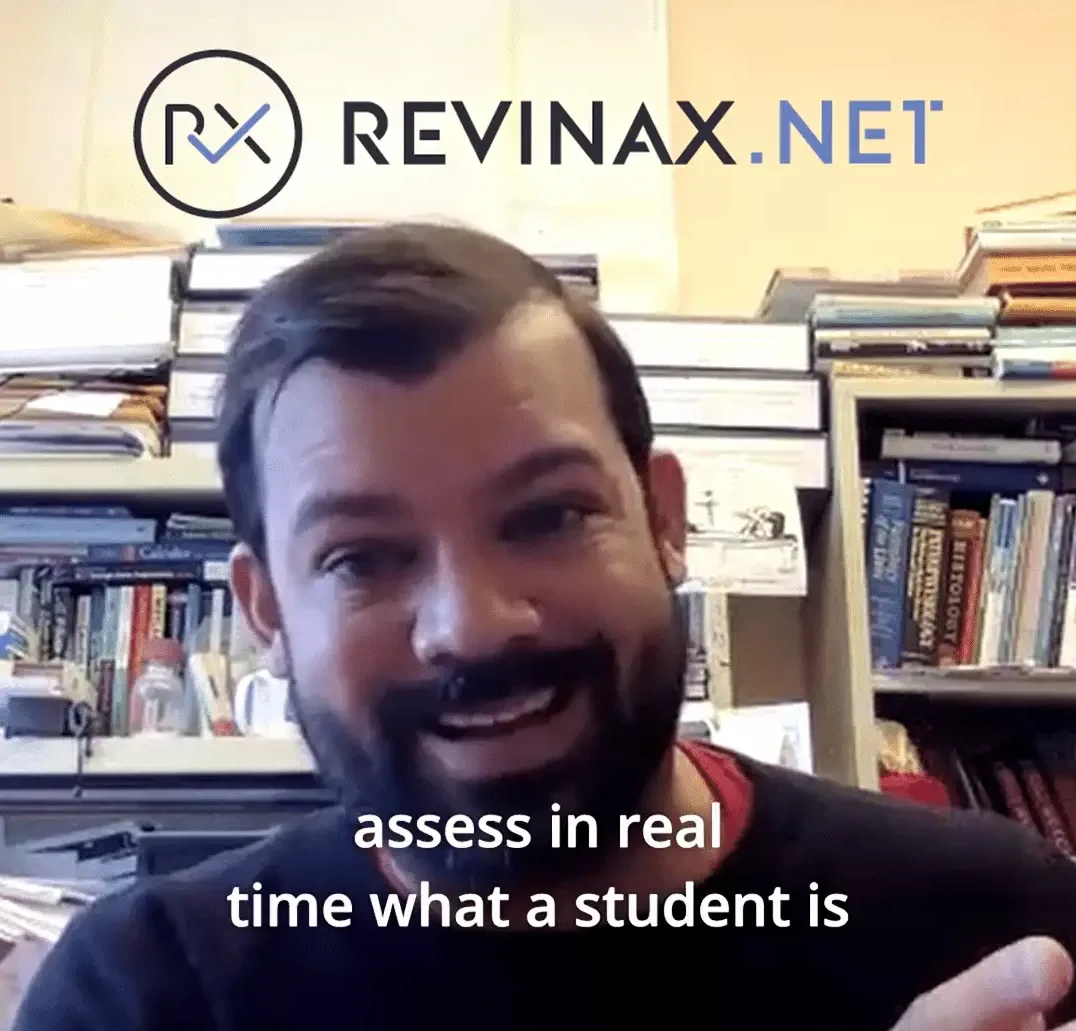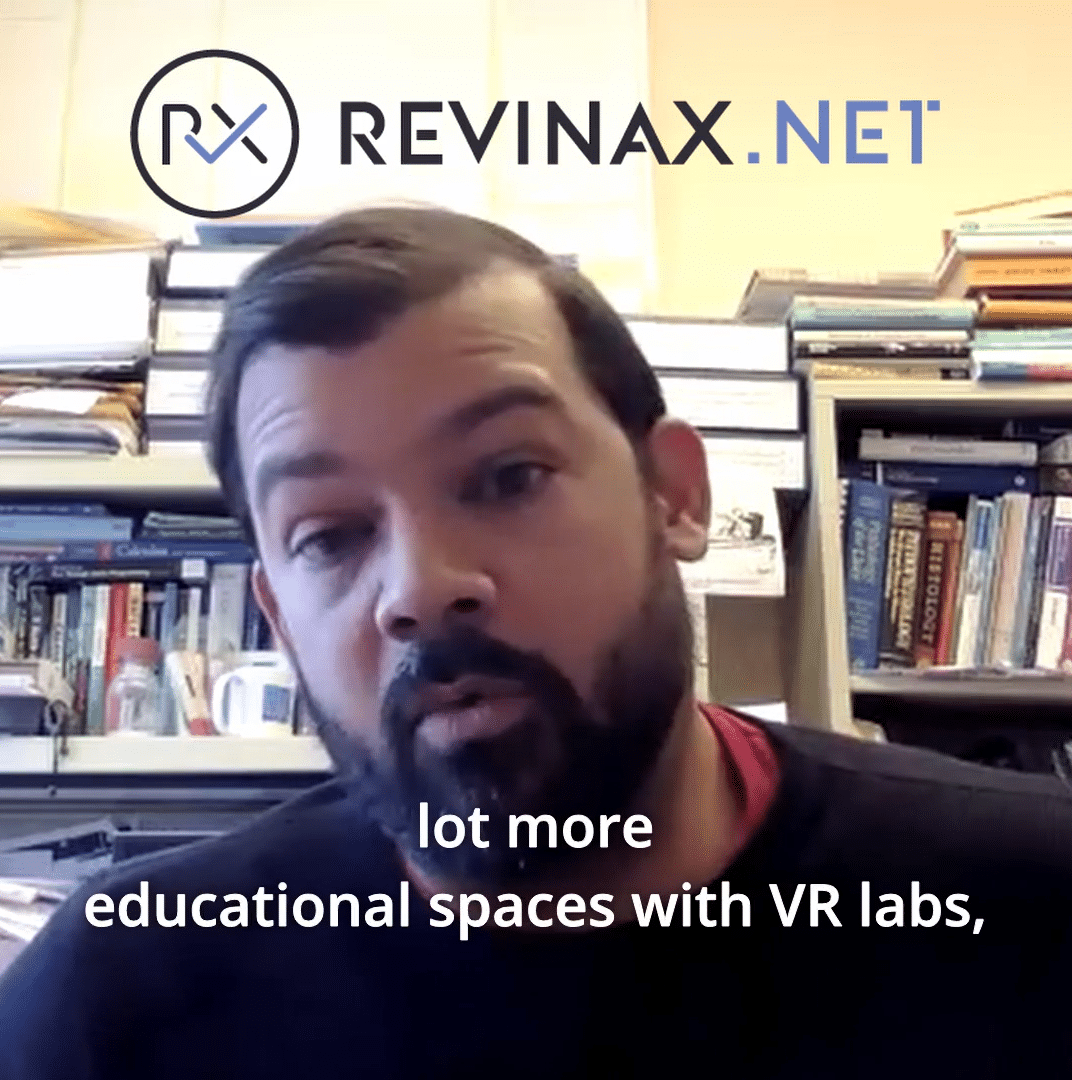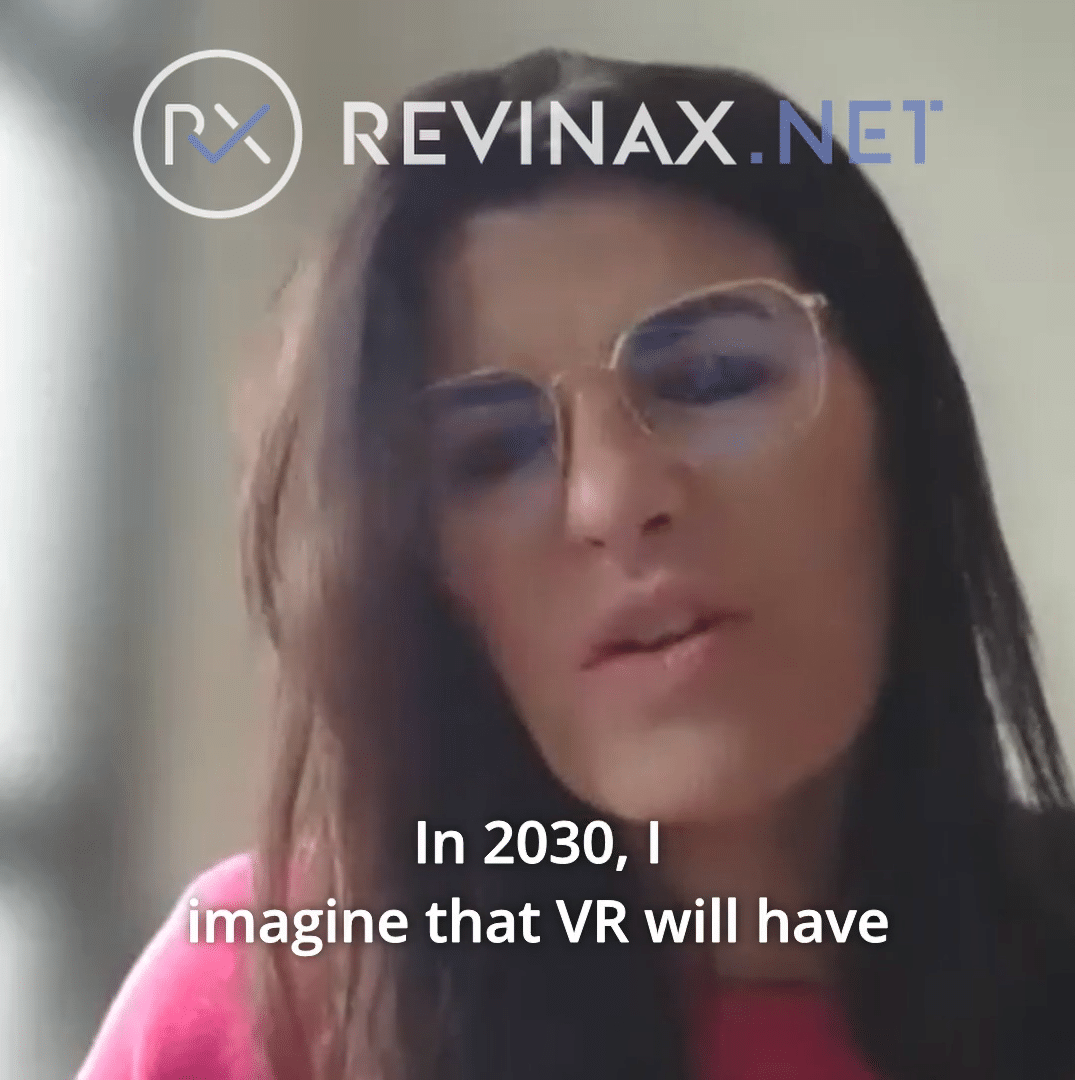Why the first point-of-view helps you learn more efficiently
AND THE ROLE THAT VIRTUAL REALITY CAN PLAY IN MORE EFFECTIVE LEARNING
In the previous article on our blog, we wrote about the relationship between senses and memory. We explained that our brain stores data more effectively when the information is presented to us through various stimuli. Virtual reality has a higher sensory impact than traditional teaching techniques and can, therefore, improve memory. In this article, we will focus on the point-of-view in which educational material is presented and how a different point-of-view can increase learning abilities.
Mirror neurons and learning
Probably you recognize the urge to start yawning when you see someone else yawns, smiling when you see someone laugh, or that you start to cry while watching a sad movie. When something like this has happened to you, your mirror neurons have been activated. Humans and primates have these mirror neurons and they are related to imitation, social and empathic behaviour (Rizzolatti & Craighero 2004).
Imitation is key to learning and mirror neurons are active from birth on. Because of mirror neurons, we learn how to speak, behave, move and much more. They are essential in child development and in education. Humans are used to learn from one another and seeing a teacher or a parent showing a skill gives us a tangible experience, which is much more efficient than just plain explanation. Especially in learning human movement, mirror neurons play an important role (Gog et al. 2008).
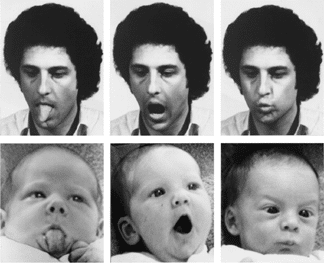
Imitation due to mirror neurons (source: https://blog.cognifit.com/mirror-neurons/)
First point-of-view and learning
Recent studies show that learning through imitation can be more efficiently when a first point-of-view is used (Fiorella et al. 2017). When observing an action from a third-person perspective, the learner must mentally translate this into its own (first-person) perspective, transforming the teacher’s hands to his own. Even though humans are able to do this, it requires a significant cognitive load, which can be reduced by using a first point-of-view while demonstrating a task. This is for example demonstrated by the experiment of Fiorella et al. (2017) where two different groups were shown an instructional video of a manual task from two different perspectives. Afterwards, the participants had to recreate the same circuit as shown in the video:

Instructional video from a high complexity task in first- and third-person-view (Fiorella et al. 2017)
The research showed that people indeed learn more quickly from instructional videos recorded in first-person-view than in third-person-view. Also, people make fewer errors in copying the circuit after observing the first-person perspective (Fiorella et al. 2017).
How to use a first point-of-view in education
While learning a new dynamic task, it is beneficial to use animations instead of static images (Lowe & Schnotz 2008). Experiments show that participants need less time to learn manual skills after observing moving images instead of their static counterpart. The time spent on observing the educational material and the practice time on learning the new skill have both decreased (Boucheix & Forestier 2017). This research thus shows that while learning, it is not only useful to use a first point-of-view, but also important to present this information in a dynamic way when teaching a dynamic skill.
In medical education, first point-of-view video learning is gaining more importance (Fukkink, Trienekens & Kramer 2010). Students perceive the use of a first-person-view as increasing their ability to learn clinical skills and also as an authentic and immersive way of learning. However, while designing these types of videos, it is crucial to do this with a pedagogic background and while considering the students’ curriculum (Lynch, Barr & Oprescu 2012). Also, the use of mobile devices can be very beneficial while learning medical skills since they can easily be passed around and therefore stimulate cooperative learning. Students can also use the mobile device while performing a task to review the learning material. To maximize the benefits of first point-of-view learning material, it is important to make the videos as short as possible, but as long as necessary (Lynch, Barr & Oprescu 2012).
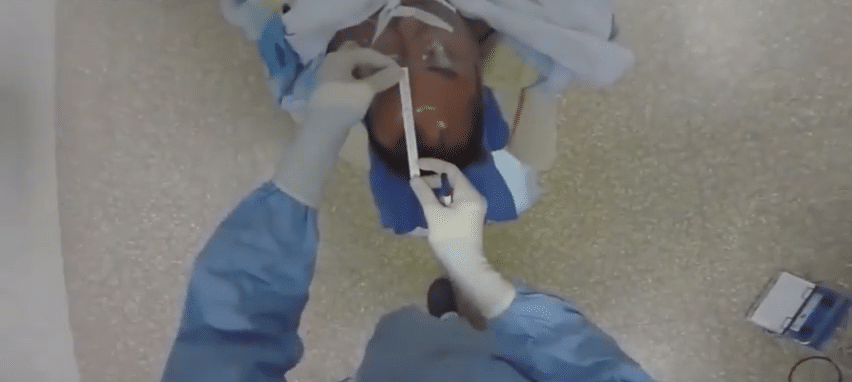
Example of a first point-of-view in medical education
Virtual reality and the first point-of-view : a strong combination
Virtual reality is a virtual environment which is presented to our senses in such a way that it creates the feeling we are really there. Virtual reality submerges its users in another world and with the use of the first point-of-view even in a different body. When we reflect on the conditions of effective learning as described above, we notice that the right virtual reality training tool can combine all of these.
An effective virtual reality tool activates the mirror neurons in the brain, creates empathy and improves learning abilities. As said, mirror neurons are essential in learning new movements. These can be activated while watching someone in the virtual environment performing a task, but it is even better to use a first point-of-view. While using a first-person-perspective in virtual reality the student will feel as if he is the one performing the skills and feel truly immersed in the situation – due to the activation of mirror neurons. This will lead to a faster transfer of manual skills.
While designing a virtual reality environment specifically for educational use, it is also important to use moving images if you want to transfer manual skills. This reduces the cognitive load and improves learning. While presenting the virtual educational material on a mobile device, such as a smartphone with a headset, you also benefit from the simplicity of passing around the device and therefore stimulate cooperative learning.
The right virtual reality tool combines all the conditions described and is designed with pedagogical expertise, in order to maximize the educational benefits. Revinax comes with this expertise and keeps a close eye on improvements in training techniques and new technical virtual reality solutions. We specialize in immersive tutorials for complex gestures in various fields, such as the medical domain, risk management and crafts. We use real-life, first point-of-view, 3D footage in order to optimize learning and let students and teachers reach their educational goals. For more information on our virtual technology and educational applications, don’t hesitate to check our website or contact us.
References
Boucheix, J., & Forestier, C. (2017). Reducing the transience effect of animations does not (always) lead to better performance in children learning a complex hand procedure. Computers in Human Behavior,69, 358-370. doi:10.1016/j.chb.2016.12.029
Fiorella, L., Gog, T. V., Hoogerheide, V., & Mayer, R. E. (2017). It’s all a matter of perspective: Viewing first-person video modeling examples promotes learning of an assembly task. Journal of Educational Psychology,109(5), 653-665. doi:10.1037/edu0000161
Fukkink, R. G., Trienekens, N., & Kramer, L. J. (2010). Video Feedback in Education and Training: Putting Learning in the Picture. Educational Psychology Review,23(1), 45-63. doi:10.1007/s10648-010-9144-5
Gog, T. V., Paas, F., Marcus, N., Ayres, P., & Sweller, J. (2008). The Mirror Neuron System and Observational Learning: Implications for the Effectiveness of Dynamic Visualizations. Educational Psychology Review,21(1), 21-30. doi:10.1007/s10648-008-9094-3
Lowe, R., & Schnotz, W. (2008). Learning with animation: Research implications for design. Cambridge: Cambridge University Press.
Lynch, K., Barr, N., & Oprescu, F. (2012). Learning Paramedic Science Skills from a First Person Point of View. Electronic Journal of E-Learning,10(4), 396-406. Retrieved from https://www.learntechlib.org/p/50126/.
Rizzolatti, G., & Craighero, L. (2004). The Mirror-Neuron System. Annual Review of Neuroscience,27(1), 169-192. doi:10.1146/annurev.neuro.27.070203.144230

